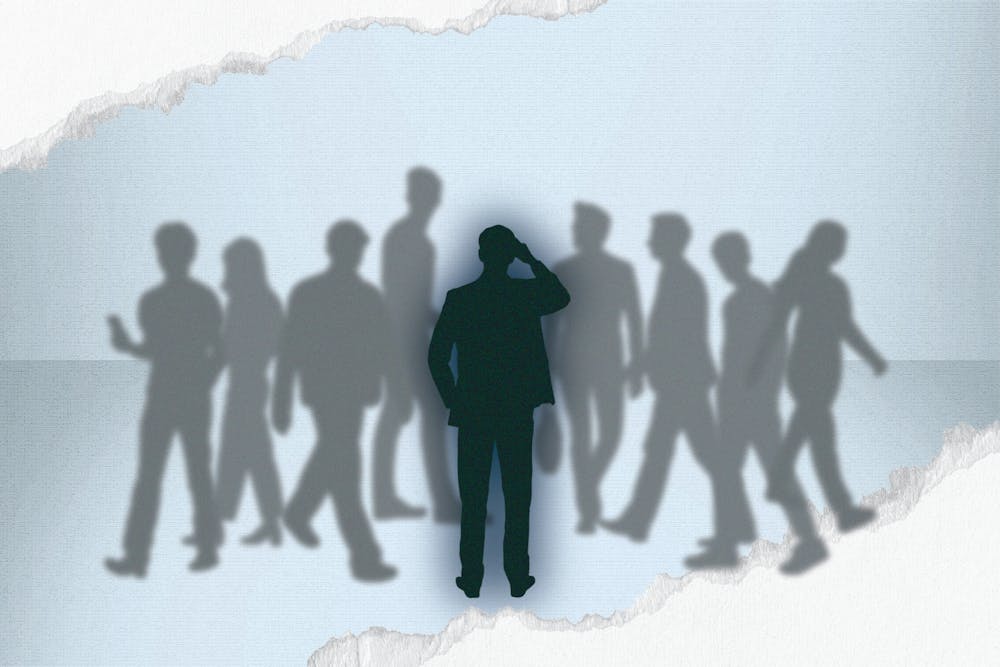I like to think I got very lucky with the town I grew up in. Sure, I experienced my fair share of microaggressions. But, because my high school had 68 percent minority enrollment, I never necessarily felt alone, as I was constantly surrounded by people that looked like me.
Even if they weren’t the exact same race or ethnicity as me, I didn’t feel alienated in my appearance. So, coming to a PWI, also known as predominantly white institution, gave me a bit of a culture shock.
Throughout my first week at UNC, I was made painfully aware of my minority status. I suddenly felt the full weight of every stereotype perpetuated by the media, which made me incredibly self-conscious of how I was being perceived by others.
From Ravi to Baljeet, I can confidently say that South Asian characters have not been appropriately represented in pop culture. Coming to a predominantly white institution, I feared that my peers had already decided who I was based on these portrayals: unattractive, socially awkward and obsessed with academics. While I was aware of these potential assumptions in high school, the demographic shift in my environment placed my self-worth at the mercy of an entire campus’ prejudice.
Being thrust into a completely different social environment took a toll on my own self-perception. For the first time in many years, racial insecurities crept into my mind: “Do I really belong? Should I try to act more white? How can I seem less different?”
I felt like I was on the outside of a campuswide inside joke.
Initially, I hoped my white peers would become blind to my skin color and treat me as if I wasn’t a minority. I desperately wanted to fit in and be “normal” in their eyes. I feared that my skin color would hinder my ability to make friends or that it would make me less approachable.
This feeling wasn’t entirely new to me; I’ve attempted to erase my heritage before. But this time, being in a majority white space, I was constantly reminded of my differences — which I perceived as shortcomings — on a much larger scale.
I realized the importance of finding a community of people who look like you — not just people with similar interests or hobbies, but people who genuinely look similar to you. While appearance can be a very surface-level aspect in other social contexts, building a community of people who look similar to you is crucial to feeling welcomed and included. No one wants to feel like the odd one out; no one wants to feel “less than.”



